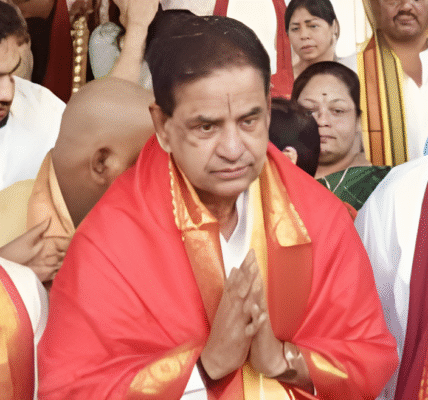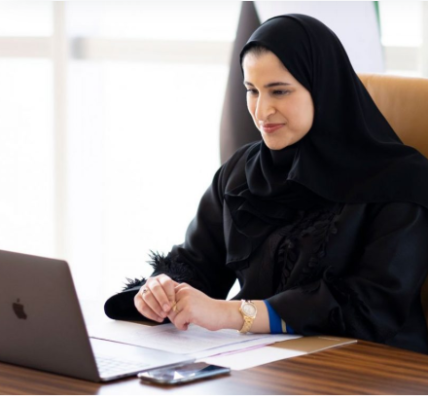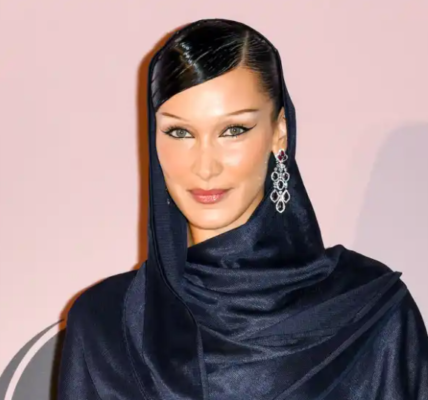Colonel Sophia Qureshi – Trailblazing Leader in the Indian Army

Colonel Sophia Qureshi stands as a symbol of excellence, determination, and transformation in the Indian Armed Forces. With a distinguished career spanning over two decades, she is celebrated for her exemplary service and her groundbreaking role in advancing the position of women in the military. As the first Indian woman to command an Army contingent in a multinational exercise, Colonel Qureshi has not only carved her name in military history but also inspired a new generation of officers.
Early Life and Aspirations of Colonel Sophia Qureshi
Raised in a progressive and disciplined environment, Colonel Qureshi developed a passion for national service early in life. Inspired by stories of valor and dedication, she set her sights on joining the armed forces. Her academic brilliance and resolute purpose led her to the Officers Training Academy (OTA), Chennai, where she received intensive training in combat readiness, leadership, and crisis management—skills that would define her future.
Military Career: Rising Through the Ranks
Commissioned into the Corps of Signals, Colonel Qureshi specialized in advanced communication systems, battlefield signal intelligence, and electronic warfare. The Corps plays a vital role in ensuring real-time communication across units in diverse operational settings. Over the years, she held multiple key assignments, including:
- Field postings in conflict zones, managing secure communications for combat teams.
- Strategic roles at Army Headquarters in planning and operations.
- Training and mentoring roles, shaping the next generation of military leaders.
Historic Leadership at Exercise Force 18
A turning point in her career came in 2016, when Colonel Qureshi led the Indian Army contingent at Exercise Force 18 in Thailand, part of the largest military drill under the ASEAN Plus framework. Representing India among 18 nations, she commanded a mixed-gender team in peacekeeping and humanitarian operations.
Her leadership drew international acclaim:
- She was the only female officer to lead a multinational team.
- She promoted India’s commitment to gender inclusivity in defense.
- Her poise and strategic input impressed global military counterparts.
This event solidified her position as a trailblazer in the Indian Army and set a precedent for future women officers.
Championing Gender Equality in the Forces
Colonel Sophia Qureshi’s journey mirrors the Indian Army’s evolving stance on gender roles. Once limited to short-service, non-combat positions, women are now entering diverse roles—thanks in part to pioneering officers like her. She has been instrumental in supporting:
- Expansion of Permanent Commissions for women.
- Inclusion of women in combat-support arms like Signals and Engineers.
- Promotion of merit-based leadership assessments, irrespective of gender.
She frequently addresses leadership forums, defense panels, and training institutions, motivating young cadets and advocating for a more inclusive military culture.
Recognition and Influence
Though not all military honors are disclosed publicly, Colonel Qureshi is widely respected within defense circles for her strategic insight and leadership. She has become a beacon of inspiration for:
- Aspiring women preparing for NDA, CDS, and OTA exams.
- Young professionals in STEM, highlighting opportunities in defense tech.
- Policy advocates observing India’s growing emphasis on women in defense.
Operation Sindoor: Command and Clarity
On May 7, 2025, Colonel Qureshi played a leading role in a high-level media briefing on Operation Sindoor, India’s precision military operation in response to the April 22 Pahalgam terror attack. Appearing alongside Wing Commander Vyomika Singh and Foreign Secretary Vikram Misri, her statements reflected the Indian Army’s commitment to strategic clarity and preparedness.
Her participation underscored the growing trust placed in women leaders to represent the Army at the highest levels of diplomacy and defense communication.
Legacy and Continued Impact
Colonel Sophia Qureshi’s career is a benchmark in the transformation of the Indian military into a merit-driven, inclusive institution. She has paved the way for future leaders like:
- Lt. Gen. Madhuri Kanitkar – One of India’s top-ranking female officers.
- Captain Tania Shergill – The first woman Parade Adjutant at Republic Day.
- Squadron Leader Avani Chaturvedi – Among India’s first female fighter pilots.
Conclusion
Colonel Sophia Qureshi’s journey is more than a story of personal triumph—it represents a national shift toward equality, modern leadership, and visionary service. She exemplifies the qualities of a modern Indian soldier: courageous, competent, and committed to both country and progress.
Through her achievements, Colonel Qureshi continues to inspire a generation and reaffirm that the future of India’s defense lies in the hands of leaders who rise above barriers and lead with purpose.


































